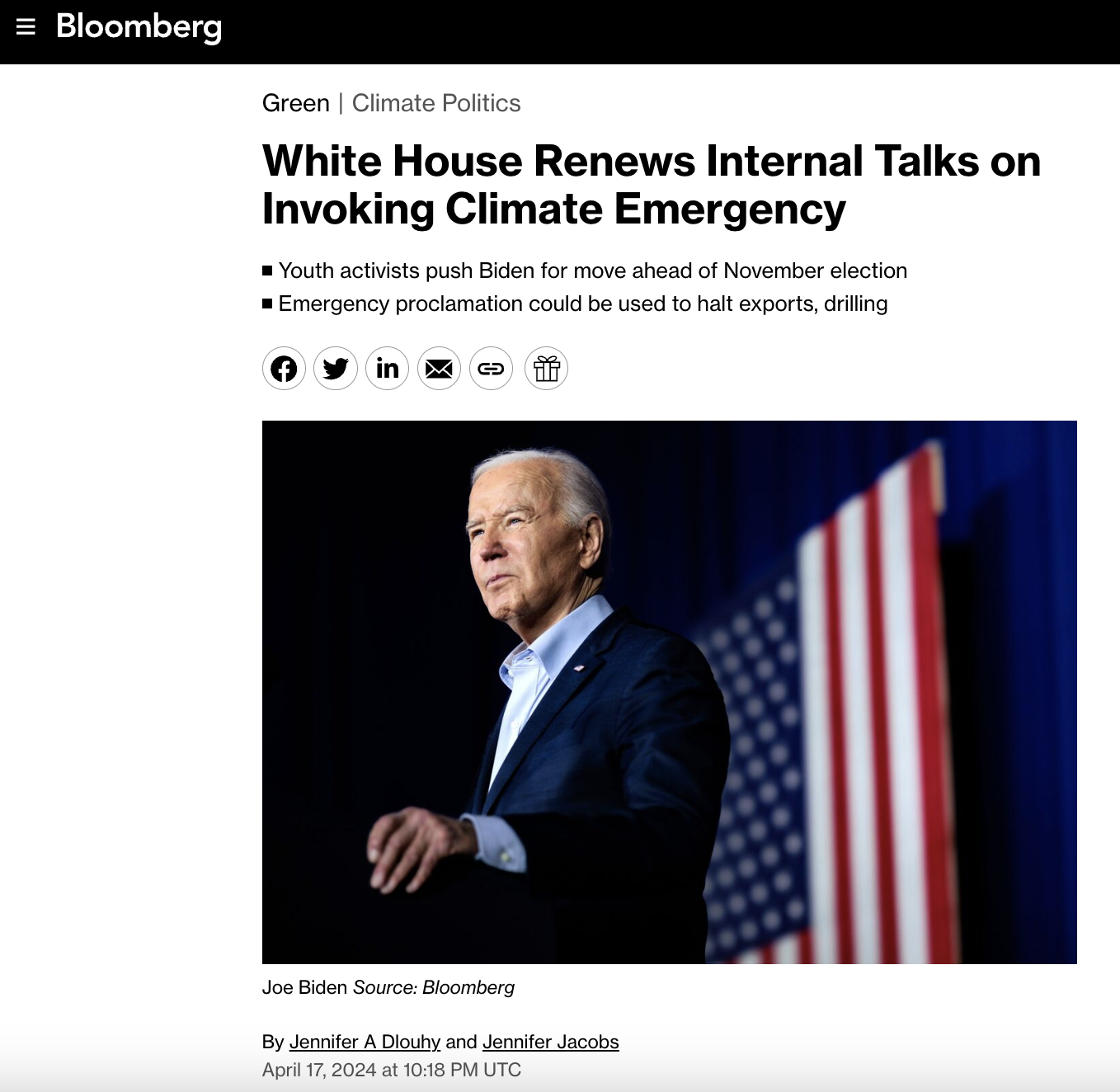The Associated Press is hyping a new study that is claiming “The most destructive hurricanes are hitting US more often.”
WASHINGTON (AP) — Big, destructive hurricanes are hitting the U.S. three times more frequently than they did a century ago, according to a new study. Experts generally measure a hurricane’s destruction by adding up how much damage it did to people and cities. That can overlook storms that are powerful, but that hit only sparsely populated areas. A Danish research team came up with a new measurement that looked at just the how big and strong the hurricane was, not how much money it cost. They call it Area of Total Destruction.
But extreme weather expert Dr. Roger Pielke Jr. has some problems with the study.
https://twitter.com/RogerPielkeJr/status/1194006541285806080
https://twitter.com/RogerPielkeJr/status/1194009307093712896
https://twitter.com/RogerPielkeJr/status/1193995378695081984
https://twitter.com/RogerPielkeJr/status/1193998207165984768
Dr. Pielke ridicules the study for not including Hurricane Andrew as top destructive storm. “Andrew not in top 20? LOL
https://twitter.com/RogerPielkeJr/status/1193998207165984768
https://twitter.com/RogerPielkeJr/status/1194024685249236992
https://twitter.com/RogerPielkeJr/status/1194208652615278592
https://twitter.com/RogerPielkeJr/status/1193996224300404737
https://twitter.com/RogerPielkeJr/status/1194004339037102080
#
Related Links:
Real Science’s Tony Heller notes: “Three years ago, the Washington Post was terrified by the lack of hurricanes.


